Rebels, Leaders, and Heroines: The Most Iconic Women In The History Of The World
Leader, martyr, idealist, scientist, scholar: These are titles that are earned, not given, and these incredible women have certainly earned their spot in history. The old stereotype that women cannot do everything men can was broken by these female pioneers. Without these women, the world would be very different.
Joan of Arc Was Born To Lead France To Victory

Joan of Arc was a peasant girl living in medieval France. She believed that God had chosen her to lead France to victory in its ongoing war with England. Joan of Arc, a woman with no formal military training, convinced crown prince Charles of Valois to allow her to lead a French army to the besieged city of Orléans.
After a trial in which she was accused and found guilty of heresy and “cross-dressing,” Joan of Arc was executed by burning. The ashes were raked and re- burned twice to ensure that she was, indeed, dead. A quote commonly attributed to Joan of Arc is "I am not afraid... I was born to do this."
Queen Elizabeth I Was Anything But Weak

Queen Elizabeth I was known as the “Virgin Queen” for her reluctance to risk her throne through marriage. She successfully defended England against The Spanish Armada. Unsure of the Armada's fate, the Earl of Leicester assembled a militia. He invited Elizabeth to inspect her troops at Tilbury in Essex. Queen Elizabeth put on a silver breastplate and gave a famous speech:
"I know I have the body but of a weak and feeble woman, but I have the heart and stomach of a king, and of a King of England too, and think foul scorn that Parma or Spain, or any Prince of Europe should dare to invade the borders of my realm."
Marie Curie - First Woman To Win A Nobel Prize
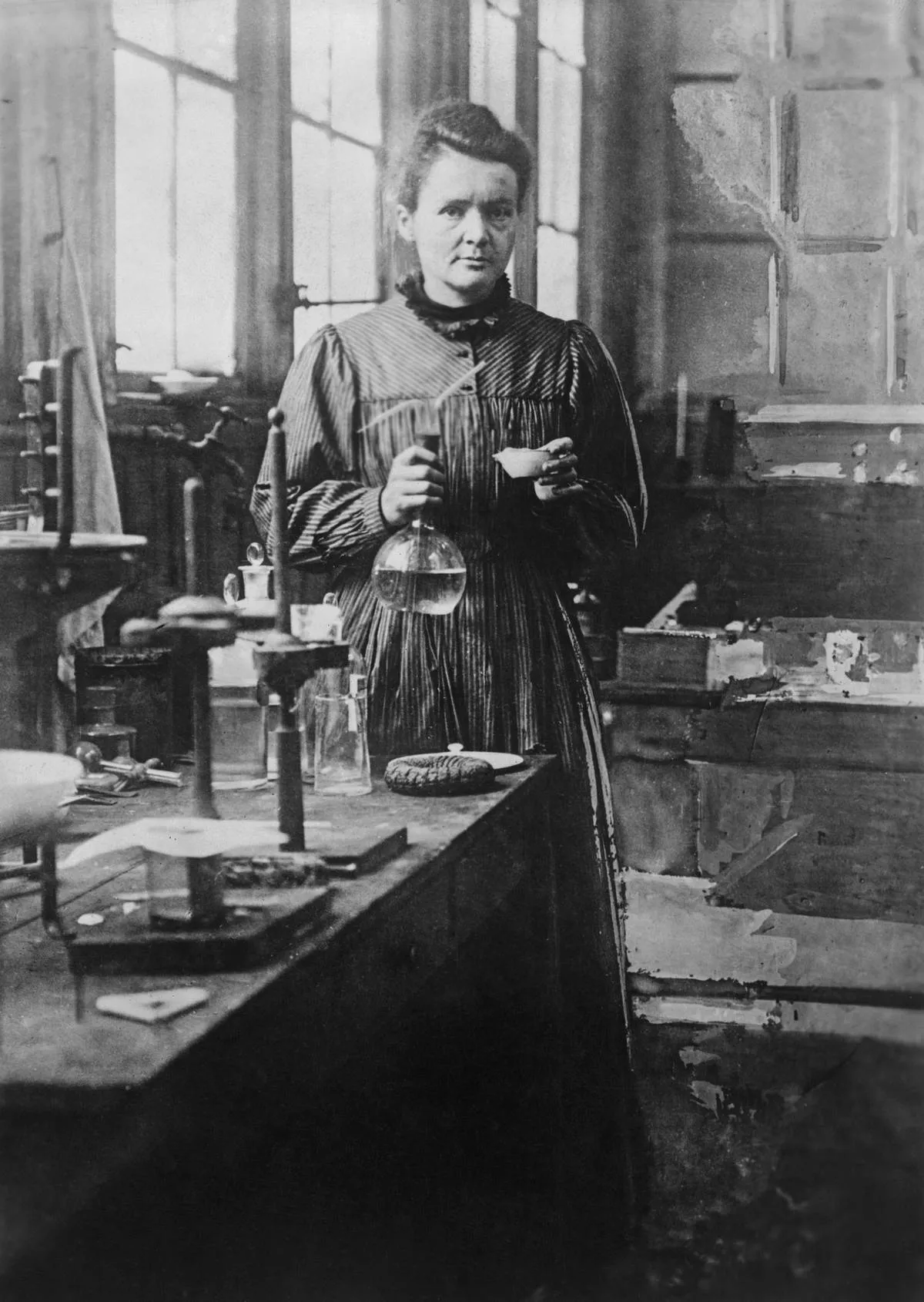
Marie Curie was a Polish-French physicist and chemist who was known for her groundbreaking research on radioactivity. For her work, Curie was the first woman to win a Nobel Prize, and the only person, male or female, to win a Nobel Prize in two different sciences.
Curie and her husband Pierre worked in the lab together and are believed to have been killed by radiation exposure from their experiments. 60 years after their deaths the couple's remains were transported to the prestigious Panthéon in Paris to honor their contributions to science.
Susan B. Anthony's Fight For Right To Vote
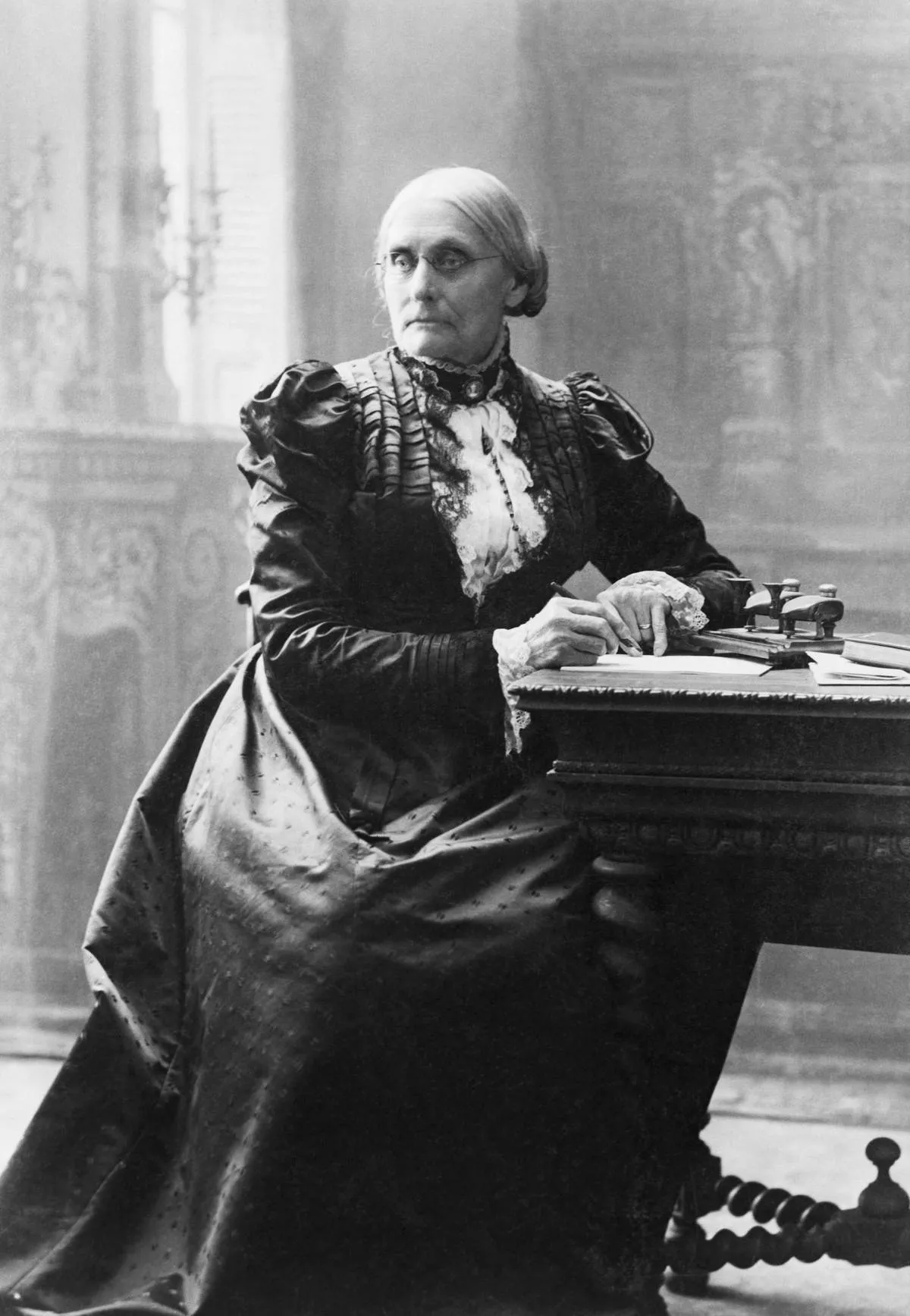
Susan B. Anthony was one of the top leaders in the women's suffrage movement. The Nineteenth Amendment, which gave women the right to vote, is also popularly known as the Susan B. Anthony Amendment. She gave 100's of speeches during her lifetime and was even arrested and went to trial for illegally voting in Rochester, New York. Some accused her of attempting to destroy the institution of marriage, but she just wanted equal rights for women.
Anthony spent her 80th birthday being feted by President William McKinley at the White House. Later, she was the first (non-fictitious) female to serve as the face of a U.S. coin when her portrait was depicted on the 1979 dollar coin.
Jane Austen - A Pioneer Of Literature

Jane Austen was an English novelist who was best known for writing Pride and Prejudice, a book about manners and social class during her time. Her writing took a closer look at (and subtly critiqued) how dependent women were on getting married, for a decent and stable lifestyle. Austen herself was known for being an introvert. She would hide her writing under a blotter when people were around her. She was also known for being charming, funny, and intelligent.
Austen was a prolific writer and published her five major novels between 1811 and 1818. Her books have been subjects of many plays, movies, and other works of art. Present-day physicians believe she died of Addison's disease, which was an unknown condition during her time.
Clara Barton - First Female Federal Employee
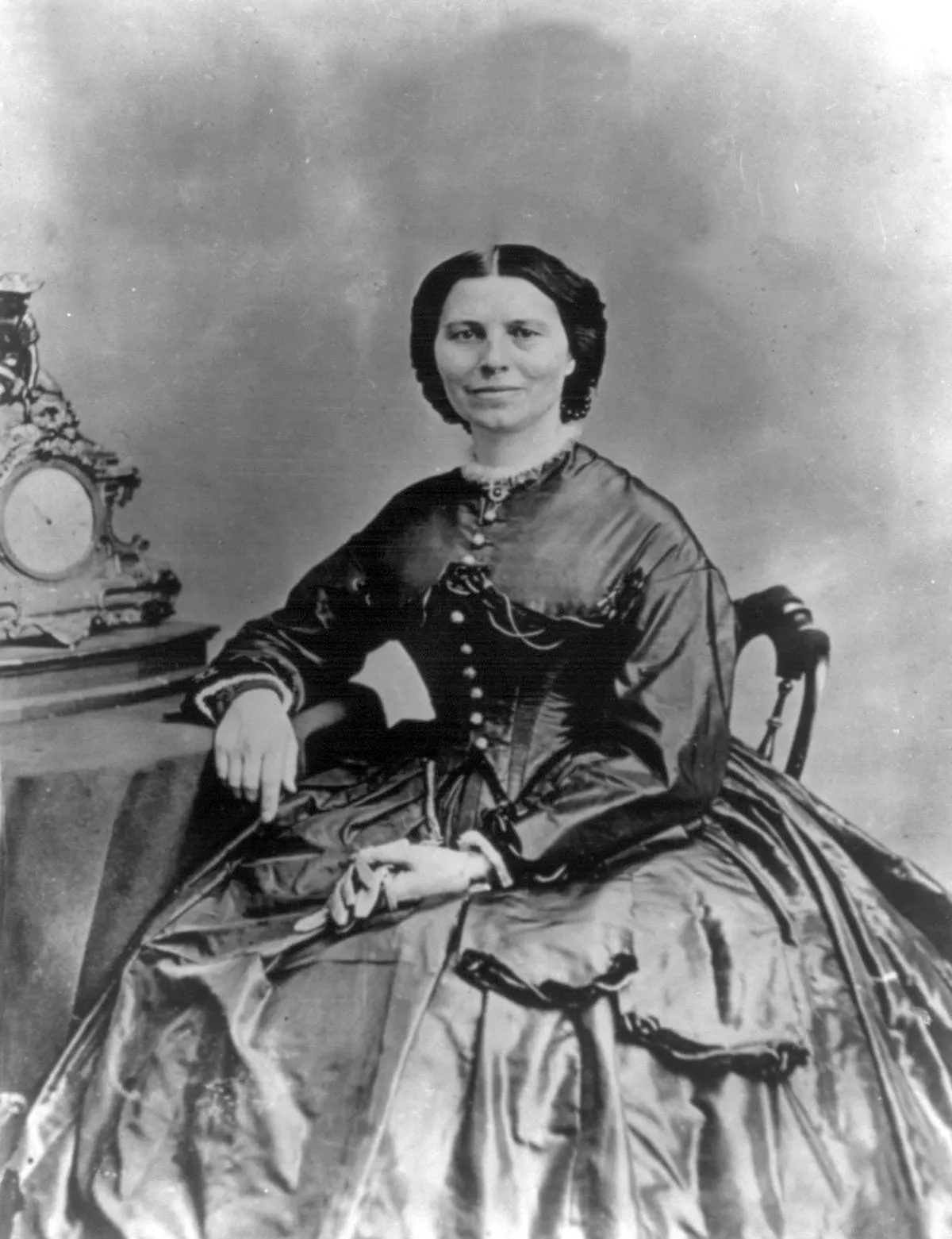
Clara Barton was an American nurse, suffragist, and humanitarian who is best known for organizing the American Red Cross. She was known for attending to soldiers during the Civil War. One soldier was shot by another enemy soldier. The bullet went through barton's clothing and hit another soldier.
Aside from nursing, Barton worked as a clerk for the U.S. Patent Office. In fact, she may well have been the first full-time female employee of the federal government. After the Civil War, Barton also ran the Office of Missing Soldiers. The purpose of this organization was to match missing letters to dead soldiers from their distraught relatives. President Lincoln gave personal permission for her to write back to the families notifying them of their loved ones’ deaths.
Pearl S. Buck Embraced Hummanity
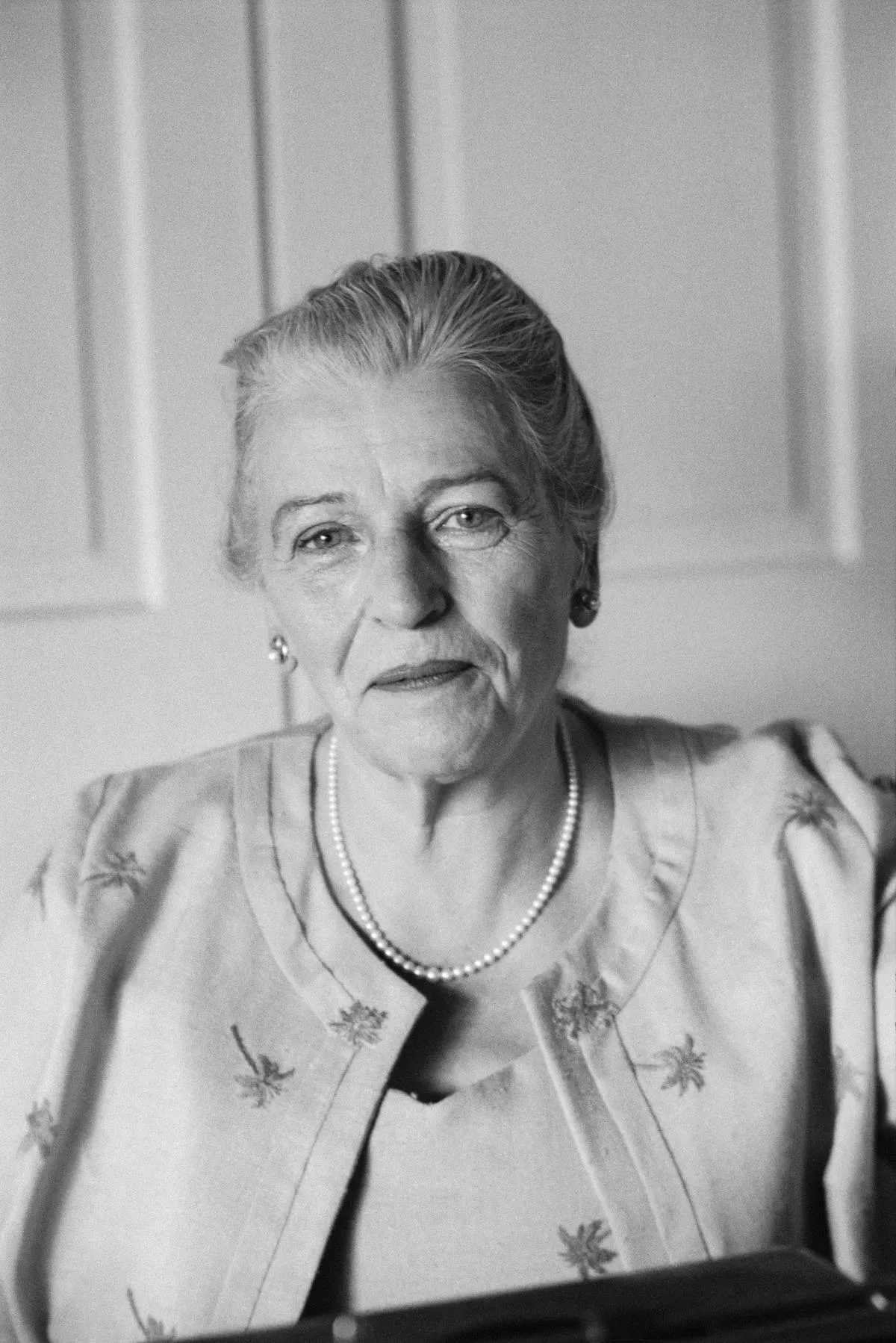
Pearl S. Buck was born in West Virginia, but also spent a good portion of her adolescence in China. Her novel The Good Earth made the best-sellers list in 1931 and 1932. It was her unique voice embracing humanity across gender and race that brought attention to her writing and earned her a Nobel Prize in Literature in 1938, the first woman to do so.
Her entire life was dedicated to identifying problems and offering support to women’s and minority groups in the United States. She also wrote frequently about the social issues that meant the most to her, including racism, sex discrimination, and the glut of unwanted babies born to single Asian women after American soldiers returned home.
The Catherinian Era: A Golden Age
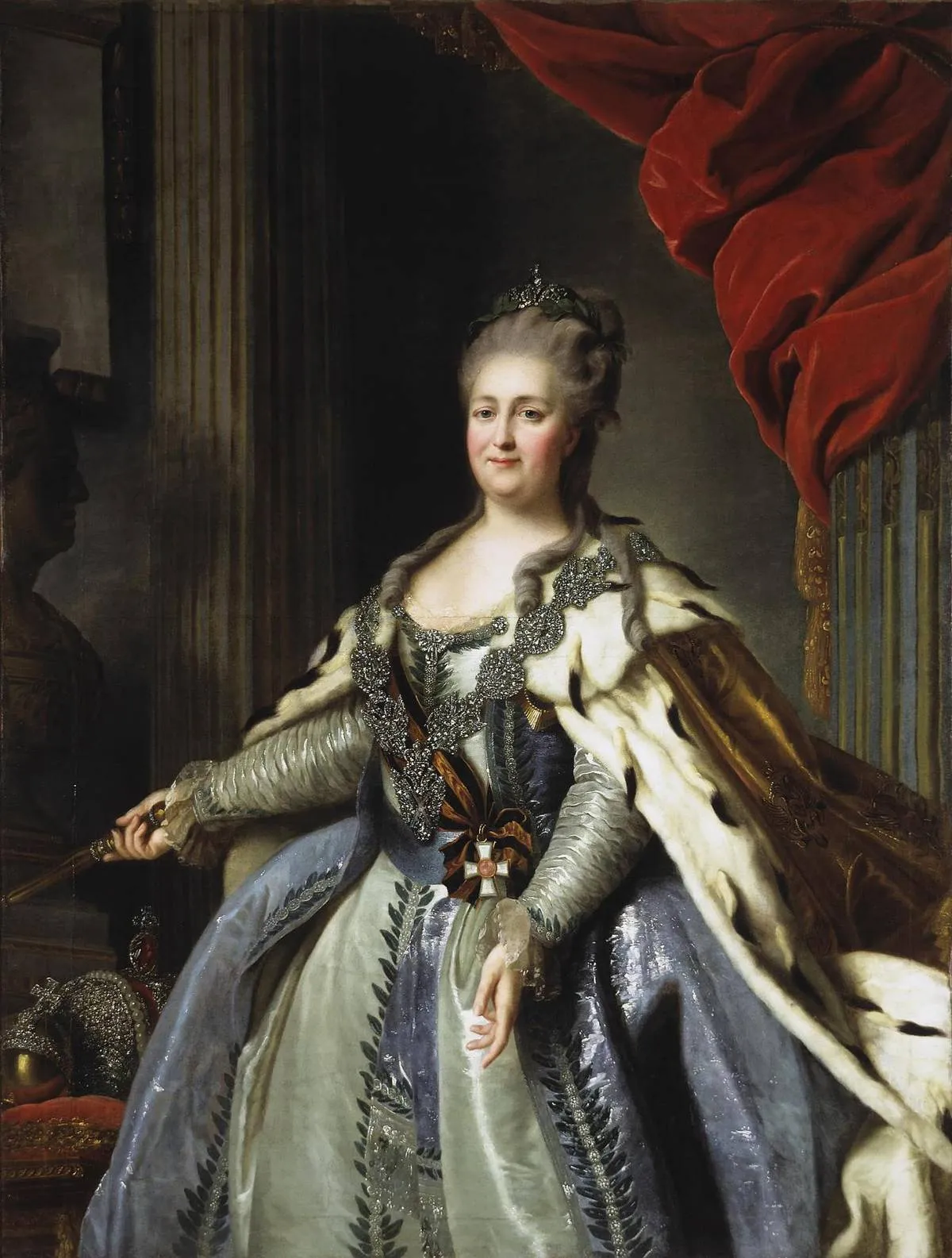
Catherine the Great became Queen of Russia after a coup d'état when her husband, Peter III, was assassinated. Under her reign, Russia became a stronger nation and became recognized as one of the great powers of Europe. She was the most famous female leader of Russia and ruled the country longer than any other woman. Catherine the Great's rule brought about the Catherinian Era, in which mansions were built, institutions of higher education were established, and the emergence of the Enlightenment period came about. Also, the Smolny Institute was also established. This was the first publicly-funded higher education institution for women in Europe.
Indira Gandhi And The Green Revolution

Indira Gandhi's focus was improving agriculture while also creating jobs. Known as "The Green Revolution" Gandhi introduced programs intended to turn the country into a self-sufficient producer of food grains. During this time, she toiled to help the poor by increasing crop diversification and creating jobs.
On the day before she was assassinated, Gandhi gave a speech that included this line: "I am alive today, I may not be there tomorrow...I shall continue to serve until my last breath and when I die, I can say, that every drop of my blood will invigorate India and strengthen it."
Cleopatra's Intelligence Was Down Played In History

Cleopatra VII was the ruler of ancient Egypt for almost three decades. She was the last in the Macedonian dynasty of rulers. Cleopatra was highly educated and entered military alliances. She also had several notorious romantic liaisons, including those of Julius Caesar and Mark Antony.
Cleopatra was famed for her beauty and charm, but she was also known as a scholar. She studied astronomy, mathematics, and philosophy. She committed suicide by a self-induced snake bite on August 12, 30 BC. She has been portrayed in numerous works of art and literature and remains one of the most recognizable historical figures from ancient times.
Sacajawea Helped Lead Lewis And Clark

Sacajawea (aka Sacagawea) was a Shoshone woman who helped accompany the Lewis and Clark Corps of Discovery expedition in 1805-1806. She was bilingual and was very helpful to the explorers when they had to traverse difficult terrain.
Sacagawea is probably the most memorialized woman in the United States. There are many statues and monuments in her honor. In 2000, the U.S. Treasury issued a Sacagawea dollar coin that depicts her with son, Jean Baptiste. There is also a United States warship named for Sacagawea, as well as many natural sites and sculptures.
Emily Dickinson's Words Live On
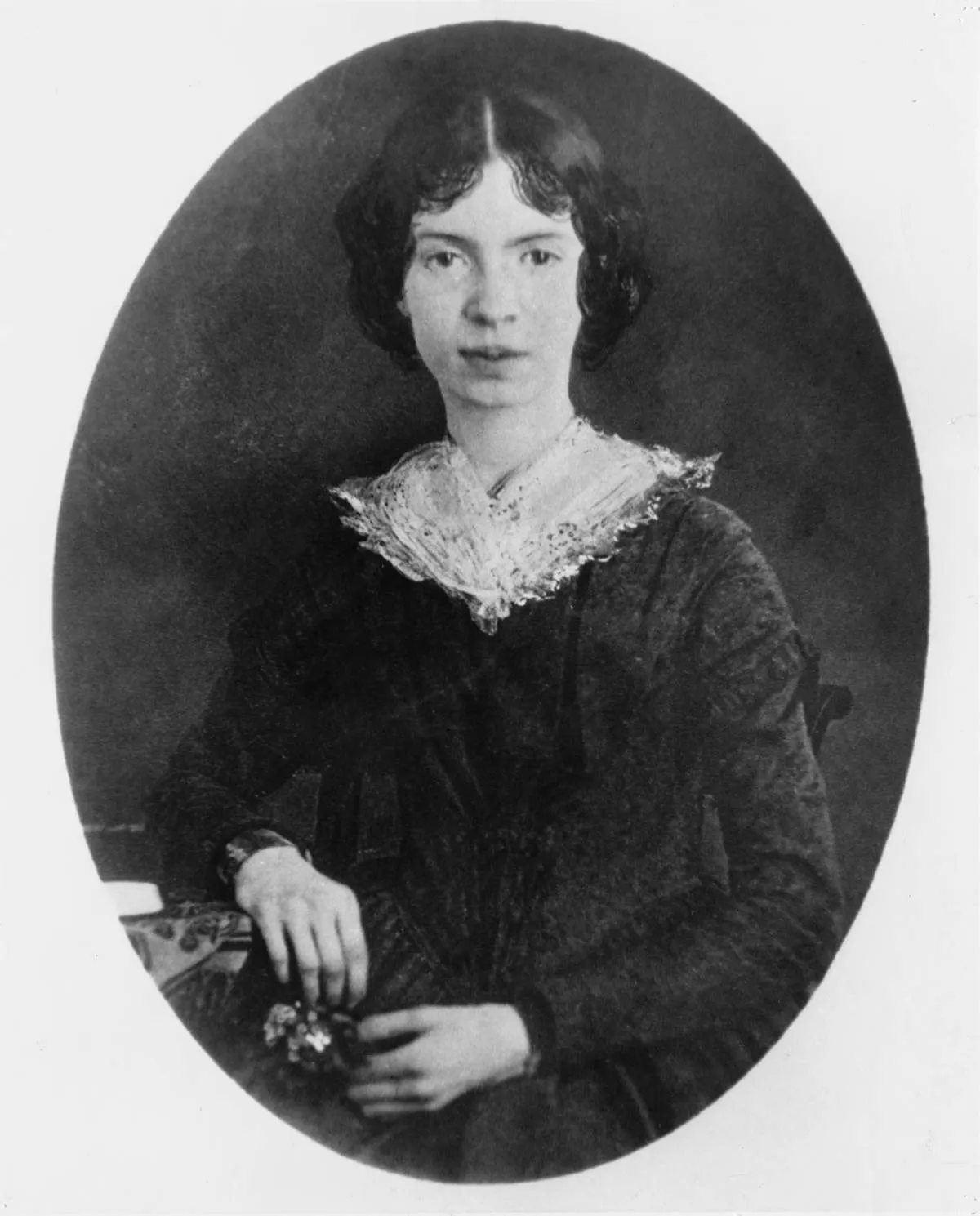
Emily Dickinson was an American poet. She was a reclusive yet witty person who wrote poems dealing with death and immortality. She is known for her unusual slanting style of writing poetry. Dickinson's poetry has been an inspiration to many authors, poets, musicians, and playwrights throughout the 19th, 20th, and even the 21st century. Her writings are taught in many middle and high schools.
One of her most famous poems reads, "If I can stop one heart from breaking, I shall not live in vain; If I can ease one life the aching, Or cool one pain, Or help one fainting robin Unto his nest again, I shall not live in vain."
Amelia Earhart Dared To Fly Solo
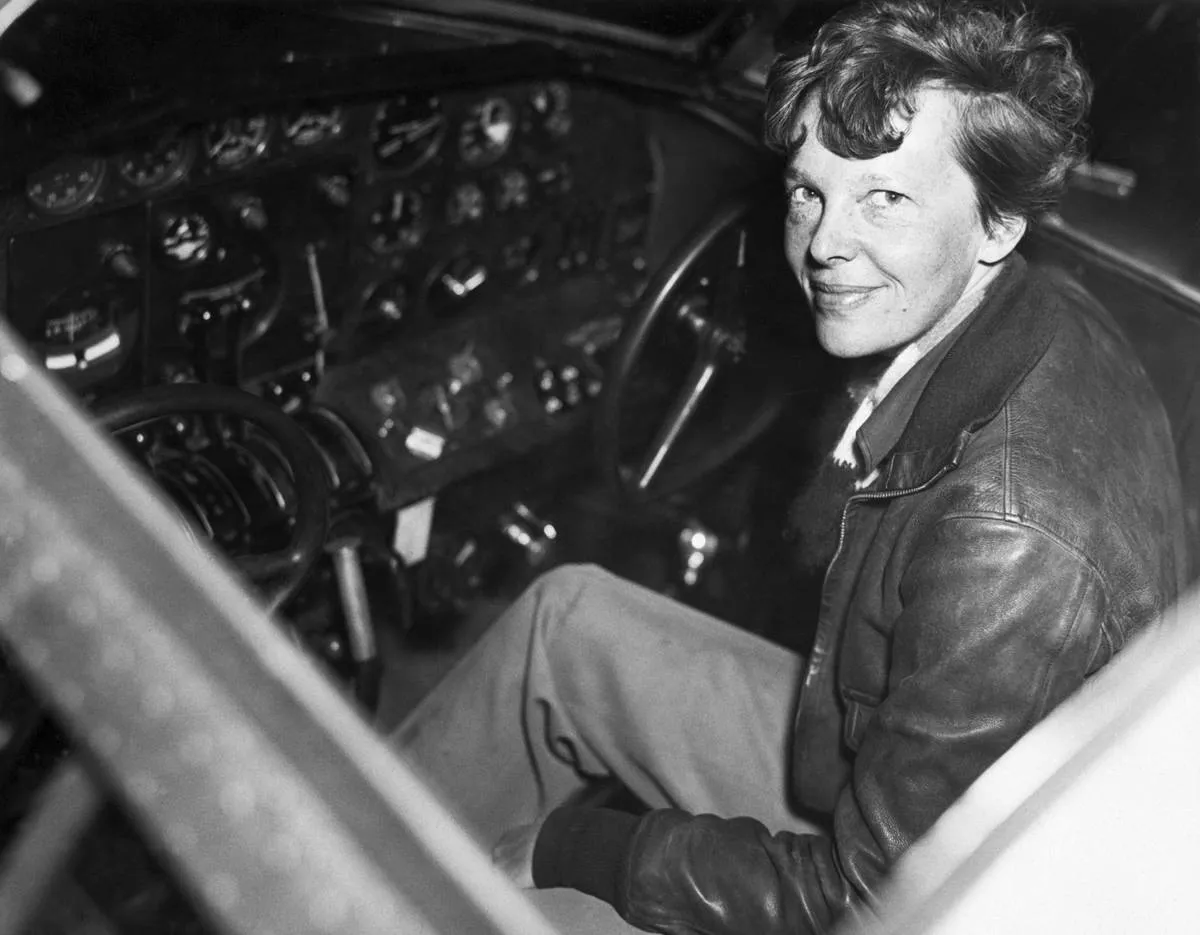
Amelia Earhart was the first female aviator to fly solo across the Atlantic Ocean. Because of this feat, she received the U.S. Distinguished Flying Cross. She was instrumental in forming the Ninety-Nines, a female pilot organization. Earhart became an international celebrity because of her achievements in aviation. Earhart’s plane disappeared in 1937 as she navigated it over the central Pacific Ocean near Howland Island.
The disappearance has never been solved, and there are scores of theories as to what happened to her and companion Fred Noonan, as well as the plane’s wreckage. In March 2018, researchers announced that bones found on an island in 1940 were "99% likely" to be Earhart's.
Betty Naomi Friedan's Second Wave Of Feminism
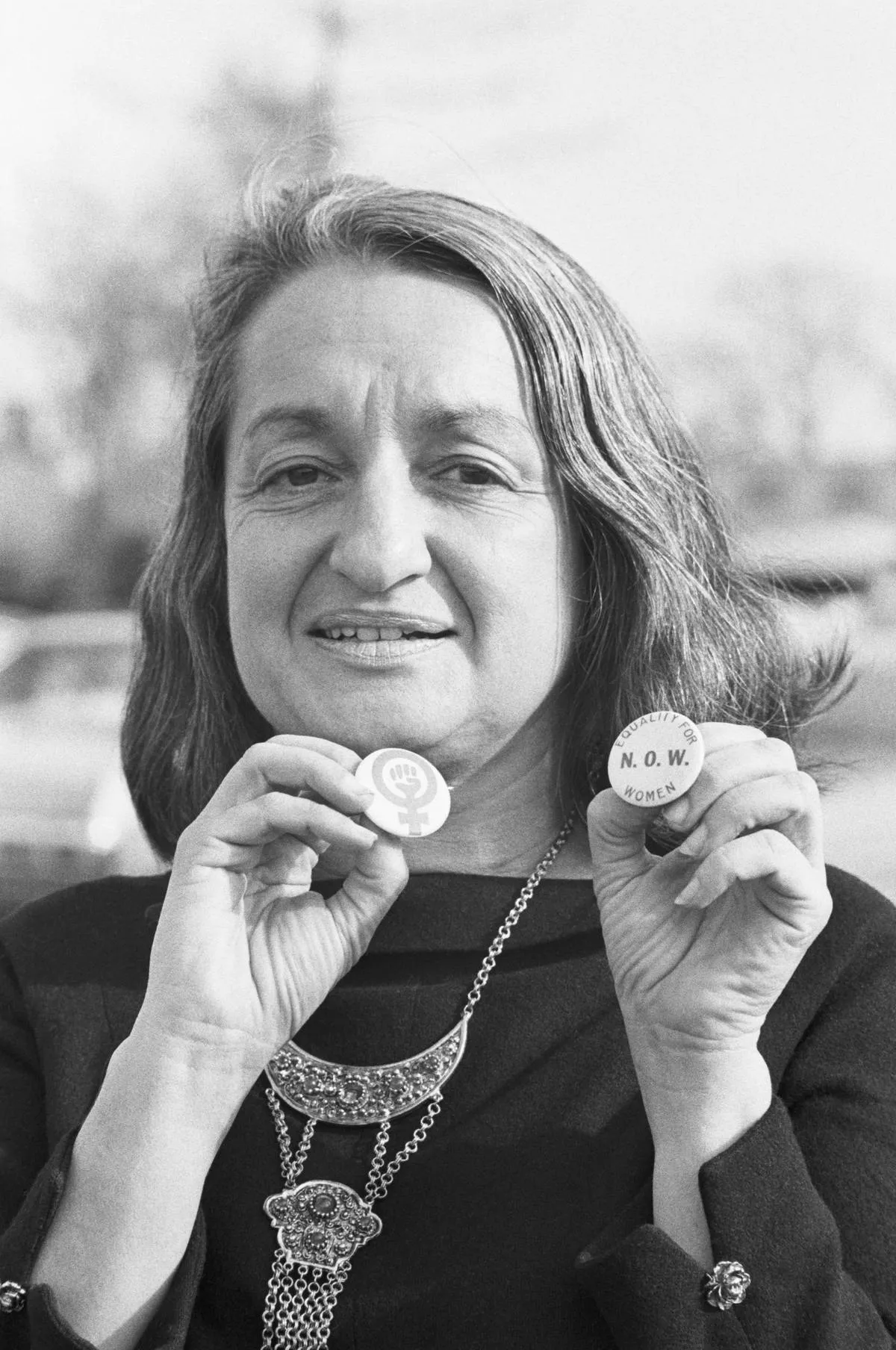
Photo/The Journal Star
Betty Naomi Friedan was an American writer and feminist activist. In 1963 she wrote the book The Feminine Mystique, which is frequently credited as the spark of the second wave of American feminism. Friedan was also a co-founder and the first president of the National Organization of Women (NOW), which aimed to bring women into fully equal societal partnership with men.
In 2014, she was named one of the "75 Most Important Women of the Past 75 Years" by Glamour magazine. She also received an honorary doctorate of humane letters from the State University at Stony Brook and an induction into the National Women's Hall of Fame.
Margaret Fuller - A Dark Foreboding
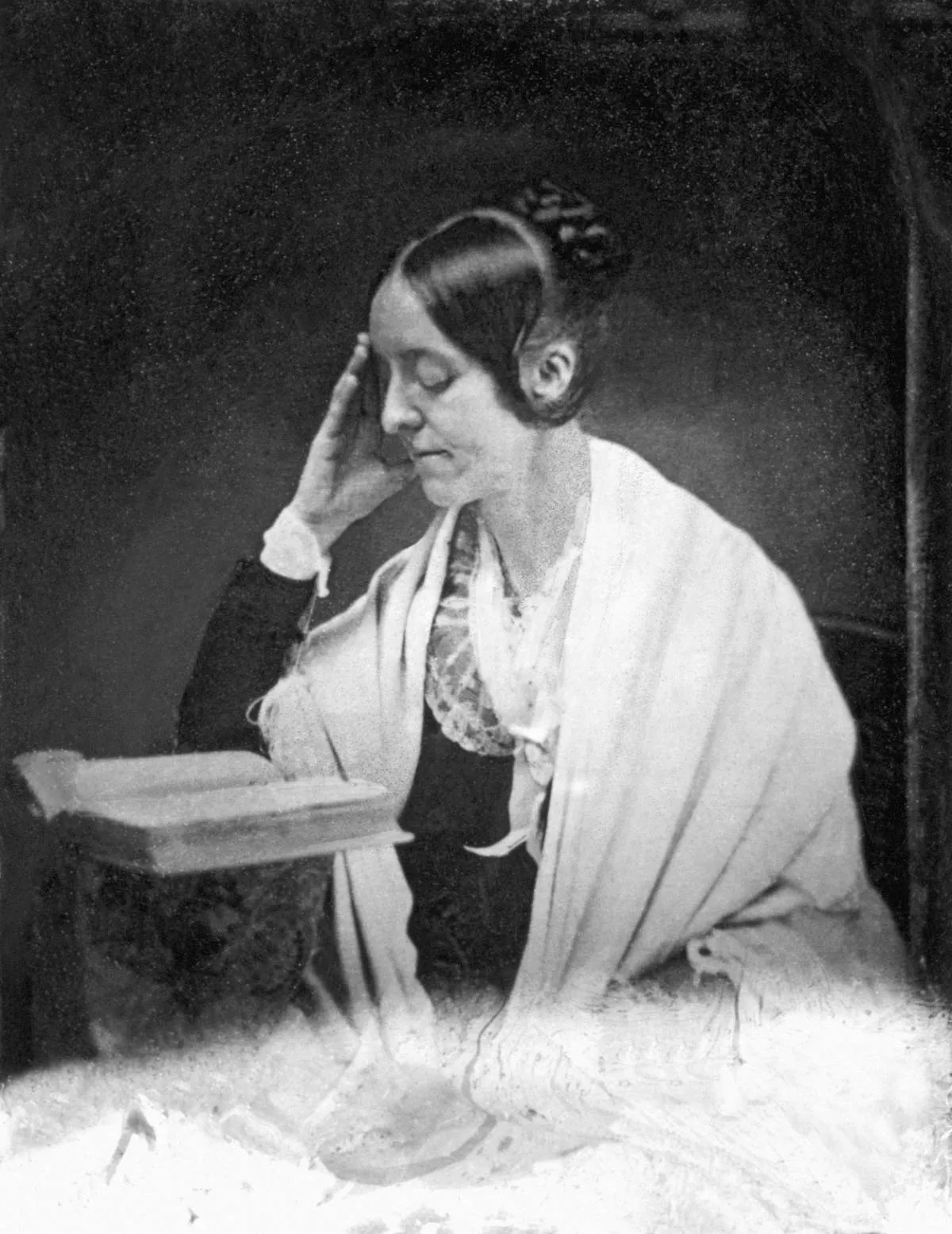
Margaret Fuller was an American journalist, critic, and women's rights advocate. She was associated with the American transcendentalism movement. In America, Fuller was the first woman to serve full-time as a book reviewer for the New York Tribune).
Fuller also became America's first female foreign correspondent when she sailed to Europe in 1846. While she was overseas, Fuller interviewed a variety of prominent writers. She sent back 37 reports to the Tribune.
In the year of her death (in a maritime accident), Fuller wrote to a friend: "I am absurdly fearful and various omens have combined to give me a dark feeling ... It seems to me that my future upon earth will soon close ... I have a vague expectation of some crisis—I know not what."
Harriet Tubman Gave The Gift Of Freedom
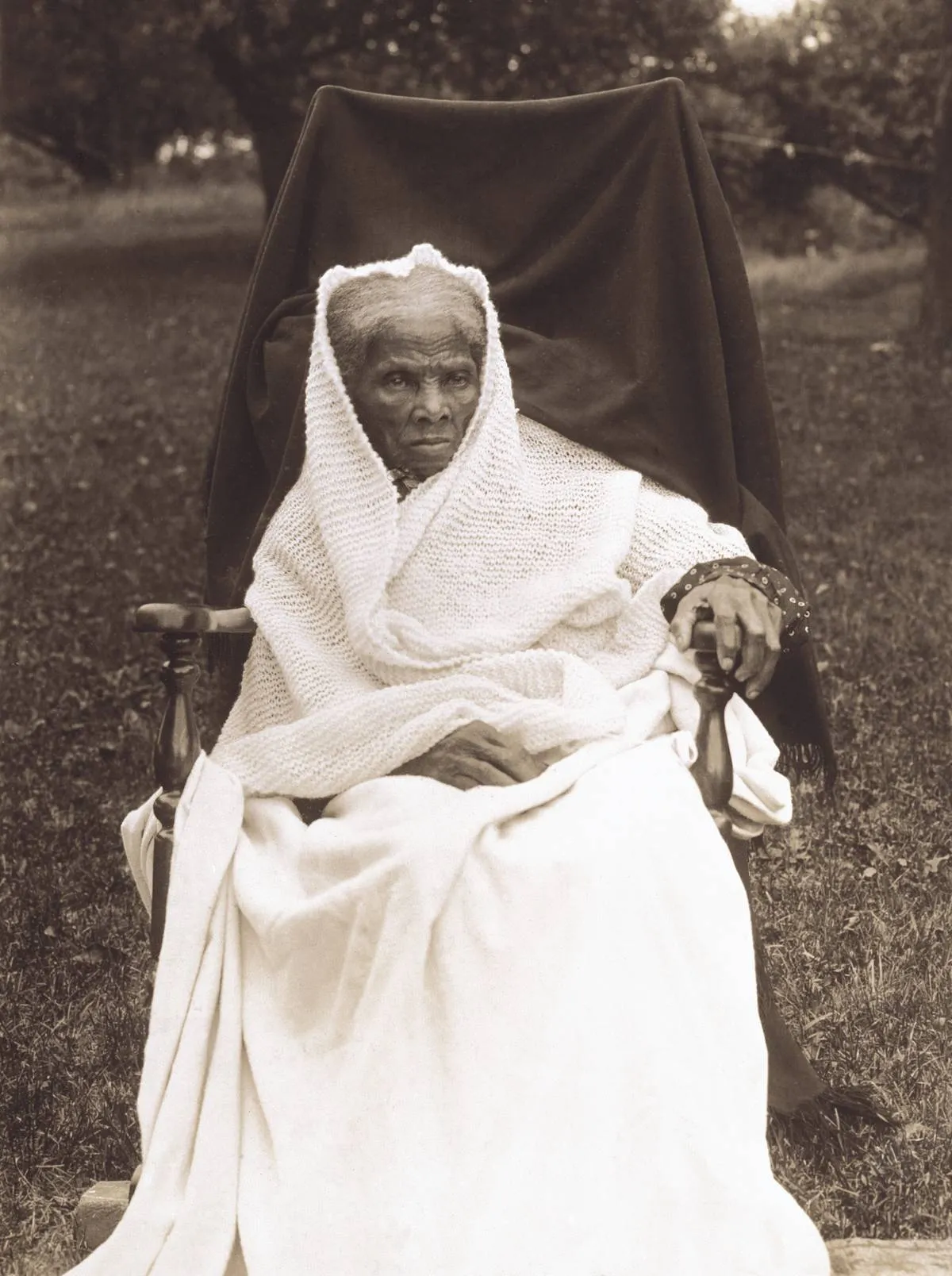
Harriet Tubman was born into slavery but escaped and led over 300 slaves to freedom navigating the Underground Railroad. Tubman was also a counter-intelligence agent and nurse during the civil war. She served as a scout and spy serving under Col. James Montgomery of the Second Carolina Volunteers, and obtained information on warehouses, ammunition, and slaves waiting to be freed and could easily feign the role of a slave behind enemy lines while gaining information.
After the Civil War, Tubman set her sights on the goal of women's suffrage, and she worked tirelessly for the cause. In 2016, the U.S. Treasury announced that Tubman’s face will be printed on the front of $20 bills beginning in 2020.
Margaret Thatcher - The House of Parliament
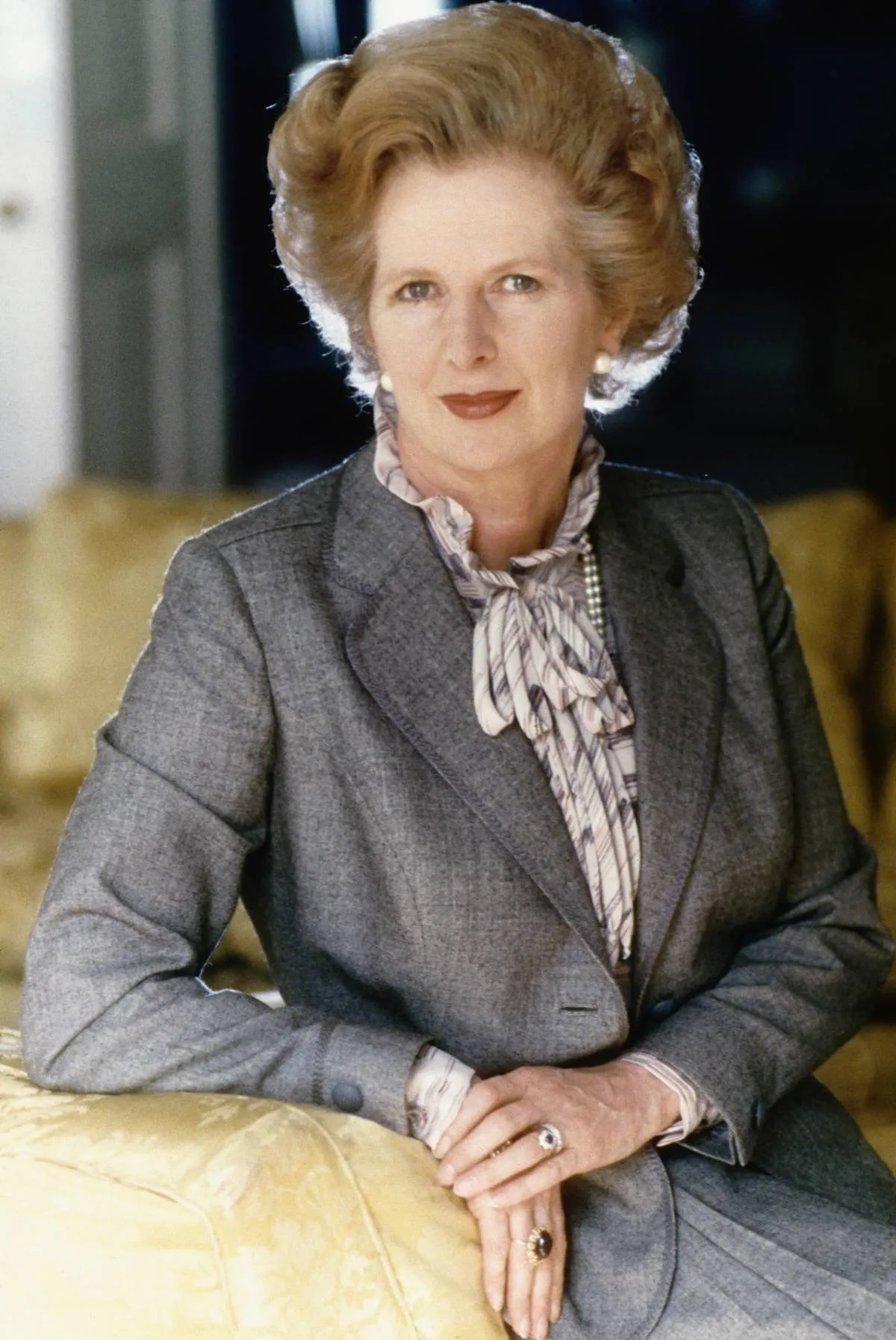
Margaret Thatcher, the United Kingdom’s first (and thus far only) female prime minister, served from 1979 until 1990. She was also the Leader of the Conservative Party from 1975 to 1990. Thatcher was nicknamed the "Iron Lady" for the way she conducted political affairs.
Margaret Thatcher became the first living ex-prime minister in British history to be honored with a statue in the Houses of Parliament, which took place in 2007. Her statue is located in the House of Commons and is positioned across from the statue of Winston Churchill. When Thatcher died in 2013, she received a ceremonial funeral, complete with full military honors.
Billie Jean King Is The Stronger Sex
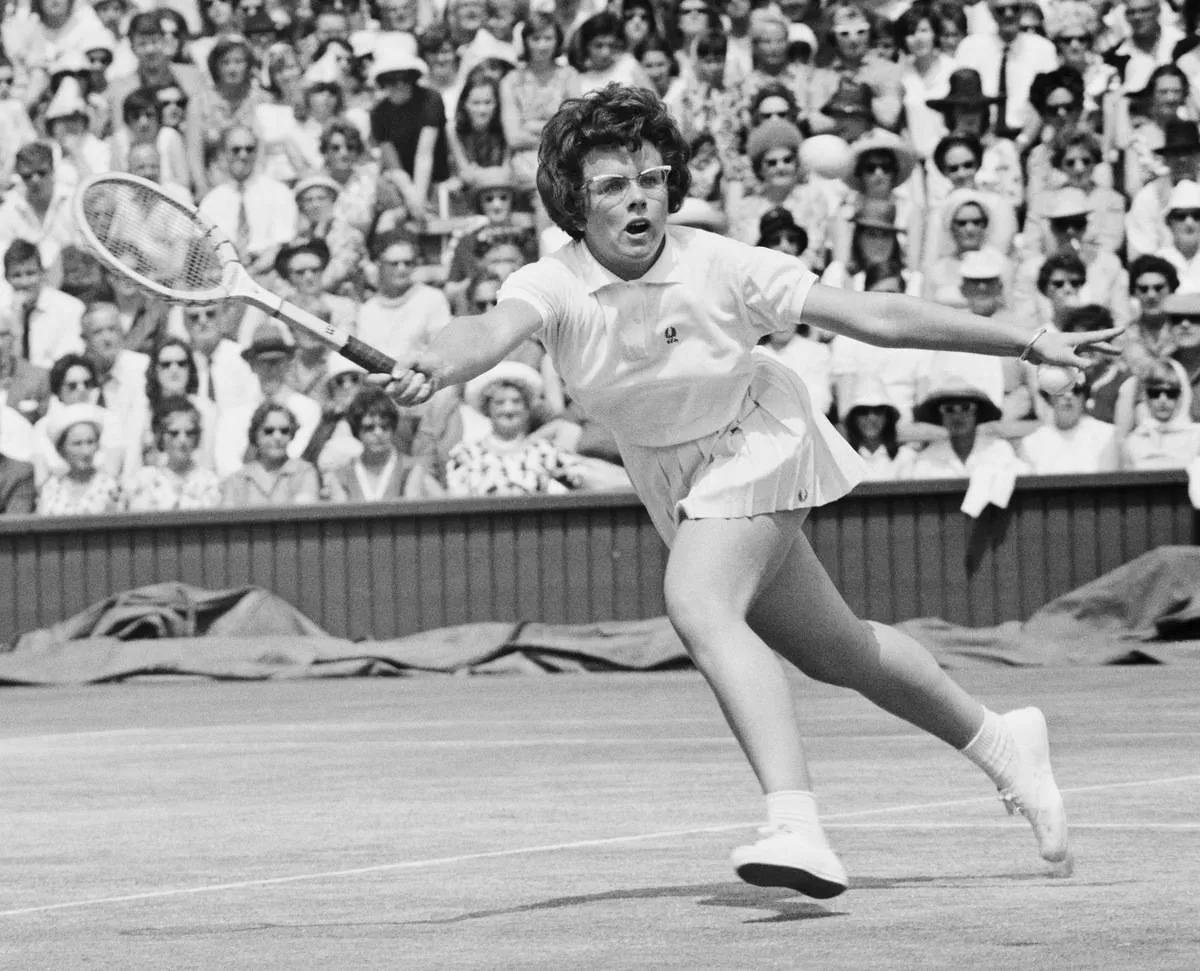
Allsport Hulton/Archive
Billie Jean King was the first female athlete to generate more than $100,000 in prize money in a single tennis season. King was also the first woman to be chosen as Sports Illustrated’s “Sportsperson of the Year.” However, she is probably best known for beating Bobby Riggs in 1973 in a man-versus-woman tennis match dubbed the “Battle of the Sexes.”
Billie Jean King won acclaim in 1962 after capturing the women’s doubles title at Wimbledon (with tennis partner Karen Hantze Susman) in her first attempt. She retired from singles play in 1975, but picked the sport back up two years later until her permanent retirement in 1990. Billie Jean was the first famous female athlete to admit that she was homosexual, making her a ground-breaking figure in the gay community.
Marie Antoinette - The Most Hated Queen

Marie Antoinette was of Austrian heritage and married the future French King Louis XVI when she was just 15 years old. Their marriage was associated with excesses of the French monarchy. Marie Antoinette was not well received by the citizens of France because she was a foreigner. She found it rather boring being a queen. She was out of touch with the citizens and was also supposedly an adulterer. In 1793, her husband the king was executed, and Marie Antoinette was arrested and charged with crimes against France. She was convicted and beheaded in the guillotine on October 16, 1793
Sappho's Emotional Writing Still Rings True

Sappho was a Greek poet. Although little is known about her life, her poetry is well known. Some of her poetry has been lost, but there are surviving fragments of the rest of her poems. Many authors throughout the ages have quoted Sappho. Her poems were based on complex emotions such as love, hatred, jealousy, and anger. Sappho gave her female followers marriage advice and educational advice. Sappho was a lesbian, and one of her most famous poems was about a woman though it was entitled “He’s More Than a Hero to Me:”









